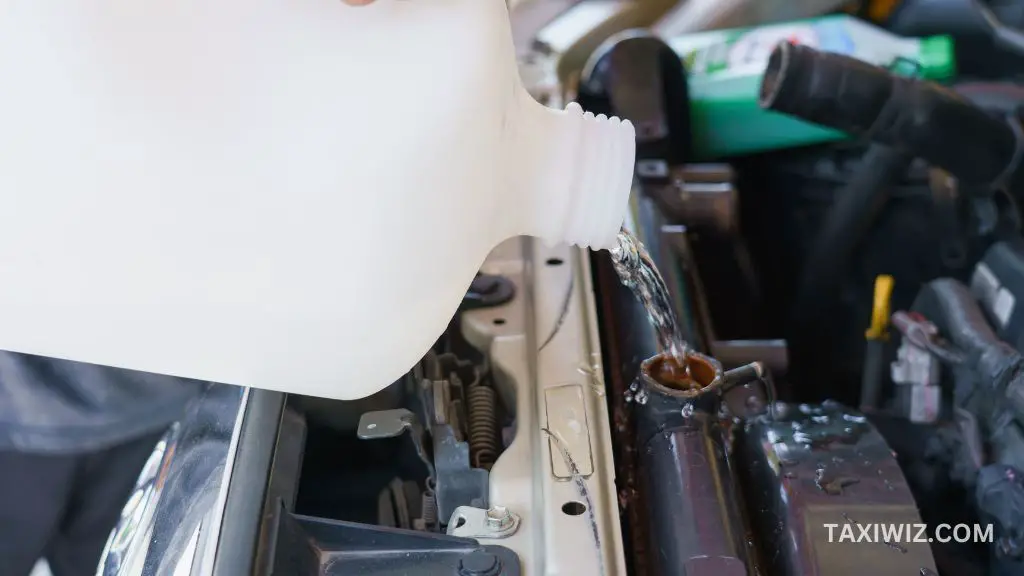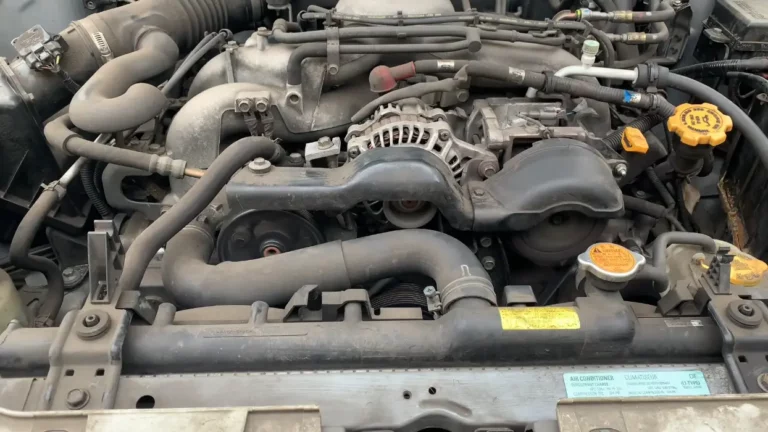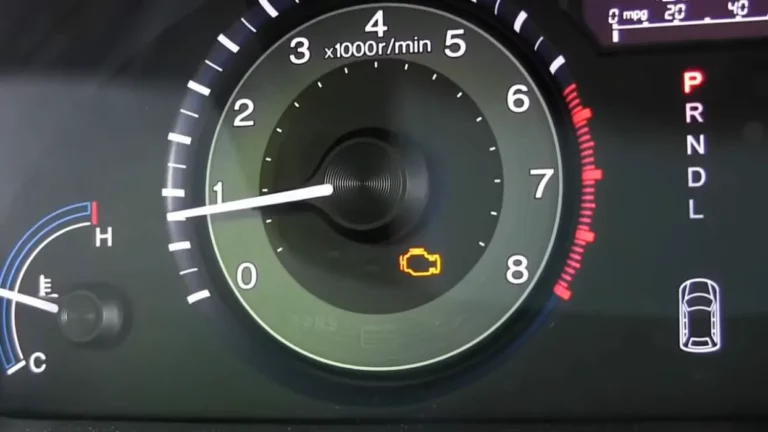At What Percentage Should I Change My Oil – (Oil Change Essentials)
Ensuring that you change the oil in a timely manner will ensure the best health of your vehicle’s engine and improve the overall driving experience.
By doing so, you prevent corrosion, guarantee proper lubrication, and avoid sludge or contaminant from accumulating.
Now, at what percentage should I change my oil? You should change it every 8,000-12,000 kilometers or at least once per year.
Here, we will cover when you need to change oil and what happens if you fail to do so. Without further delay, let’s dive right into it!
When Should You Change The Oil?

The recommended interval for changing your car’s oil will depend on the model of your vehicle, the type of oil you use, and your driving habits. Down below, you will find the general guidelines you can follow:
1. Mileage-Based Interval
Most vehicles usually have recommended oil change intervals ranging from 5,000 to 7,500 miles (8,000 to 12,000 kilometers).
That being said, most newer models of vehicles now have longer oil change intervals thanks to advancements in engine and oil technology. Some synthetic or high-performance oil may have lengthier intervals as well.
2. Time-Based Interval:
A general rule implies that even if your vehicle didn’t reach the recommended mileage, you should still change the oil at least once per year.
You may think that it’s unnecessary but oil can degrade over time, even if you haven’t driven the vehicle much.
3. Oil Life Monitoring System:
Some vehicles feature an oil life monitoring system that utilizes sensors to analyze engine conditions and driving patterns.
This system determines the optimal time for the oil change based on different factors. When the system shows that the oil life percentage has created its threshold (typically around 15-20%), it’s time to change the oil.
Why Do You Have to Change Oil?

Changing your vehicle’s oil is vital for multiple reasons that are given below:
- Lubrication:
The key function of oil is to provide lubrication for the engine’s moving parts. It creates a protective film that reduces friction and wear amongst the components like crankshafts, pistons, and camshafts.
By changing the oil regularly you ensure that the oil remains fresh and effectual in reducing friction, preventing premature wear, more importantly, maintaining optimal engine performance.
- Heat Dissipation:
Oil plays a critical role in dissipating heat generated by the engine. It absorbs heat from numerous engine mechanisms and carries it away, preventing excessive heat buildup.
Fresh, clean oil with suitable viscosity properties has better heat-carrying capabilities. This in turn helps to regulate engine temperatures and prevents overheating, safeguarding the engine from potential damage.
- Contaminant Removal:
Over time, engine oil accumulates many contaminants such as soot, carbon deposits, and tiny particles from engine wear. These impurities can adversely affect engine performance and longevity if they are not removed on time.
Regular oil changes help to tackle these harmful substances, maintaining a clean internal environment.
Preventing the build-up of deposits that could obstruct oil passages or ultimately cause engine damage.
- Corrosion Prevention:
The oil contains specialized additives that provide corrosion protection for the engine’s metal surfaces. These additives create a protective barrier that inhibits the formation of rust and corrosion, safeguarding the engine’s vital components.
Through regular oil changes, fresh oil with adequate levels of corrosion-fighting additives is introduced, ensuring continued protection against harmful oxidation and corrosion.
- Cleaning and Sludge Prevention:
Fresh oil possesses detergent properties that actively clean the engine by dispersing and suspending harmful sludge, deposits, and varnish. By regularly changing the oil, you introduce clean oil with robust detergent capabilities.
This will help to remove existing deposits and prevent the formation of new ones. This promotes a cleaner engine environment, optimal oil flow, and reliable engine performance.
What Happens If The Oil Percentage Goes Below 0%?
When the oil percentage falls below 0%, it signifies that the oil has surpassed its recommended lifespan and requires immediate attention.
While the oil may still provide some level of lubrication to the engine, further usage without an oil change will likely result in increased friction and wear – possibly doing irreversible damage to the engine.
There are a couple of possible reasons for the oil percentage to drop below 0%.
One possibility is that you have exceeded the suggested mileage interval for an oil change, causing the oil to degrade and lose its effectiveness.
Additionally, the quality of the oil may have deteriorated over time, reducing its ability to properly lubricate and protect the engine.
To prevent unnecessary expenses and ensure the longevity of your vehicle, it is crucial to promptly address the situation by scheduling an oil change and adhering to the recommended maintenance schedule.
By doing so, you not only maintain optimal engine performance but also extend the overall lifespan of your car, providing you with more years of dependable service.
Taking proactive measures in maintaining your vehicle can save you from potential engine damage and costly repairs down the road.
How often should I change my oil? >> Check out this import video below:
Frequently Asked Questions (FAQs)
What does the oil percentage indicate?
The oil percentage represents the projected remaining life of the oil that’s being used by your vehicle as per the onboard computer system.
Can I extend the oil change interval if I use synthetic oil?
Typically synthetic oil last longer than conventional oil, however, you still need to follow the recommended intervals for oil changes.
Is it possible to change the oil myself or will I need the help of a professional?
If you know how to change it and have the required tools, you can do it yourself. However, it is recommended to go to an expert if you’re unsure.
How does the onboard computer system determine the oil life percentage?
The system goes through the engine operating conditions, mileage, and driving habits to estimate the oil’s remaining life.
Should I change my oil frequently if I use an older vehicle?
Older vehicles may need more frequent oil changes. But, do go through the vehicle’s manual to learn about the specific recommendations.
Conclusion
All in all, knowing the right oil change percentage is imperative for your vehicle’s engine health. Adhere to the manufacturer’s recommendation, but also consider the driving conditions, and do monitor the oil percentage closely.
Ensuring timely oil changes will help to protect against wear and tear, maintain optimal engine performance, and prolong the engine’s lifespan.





